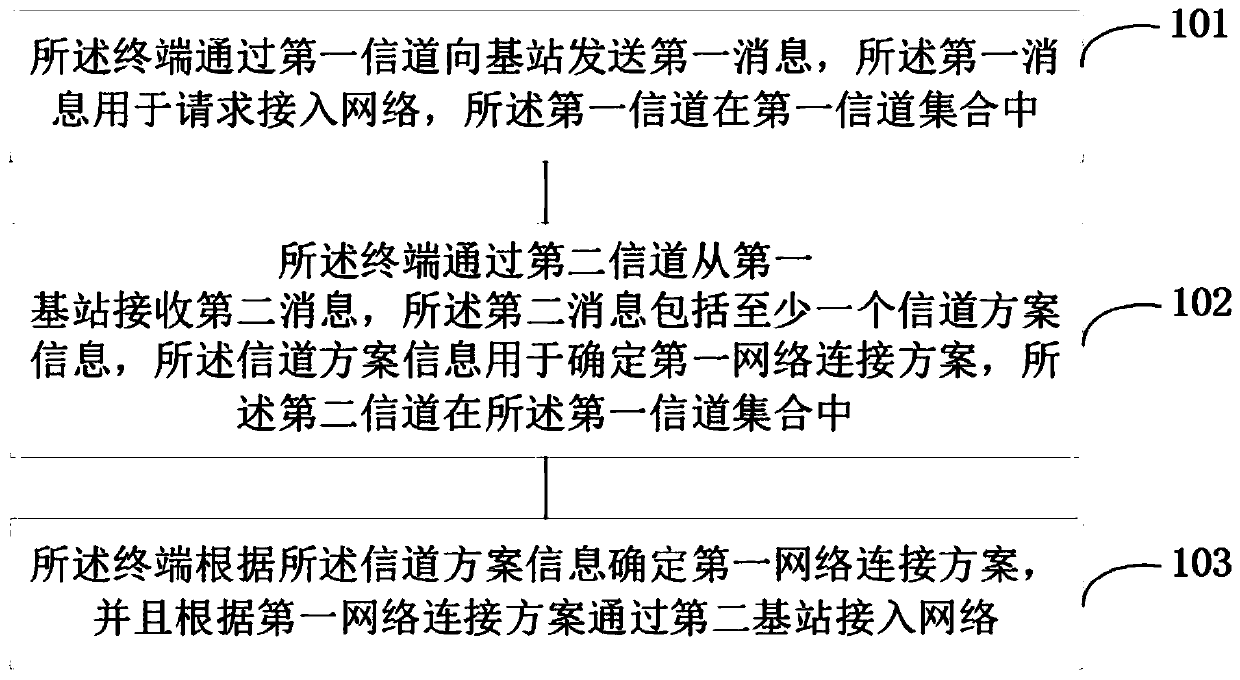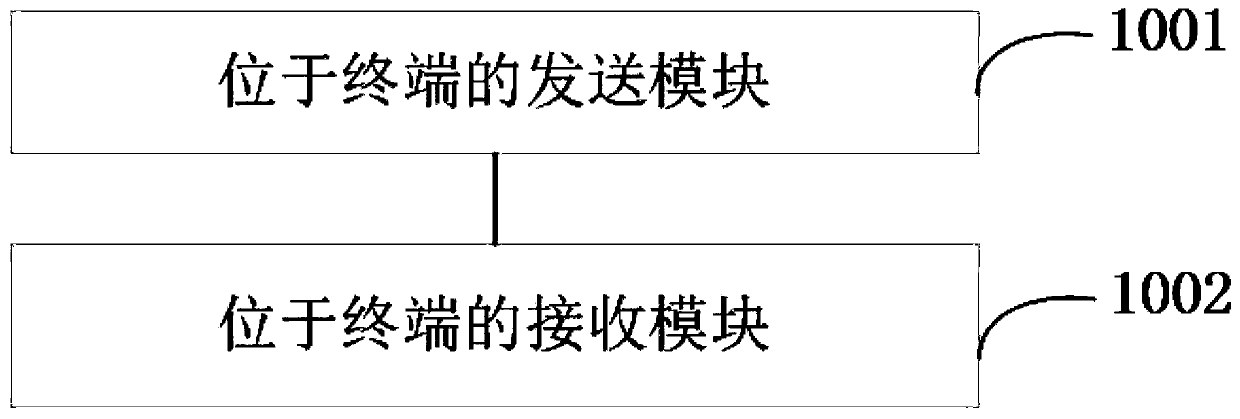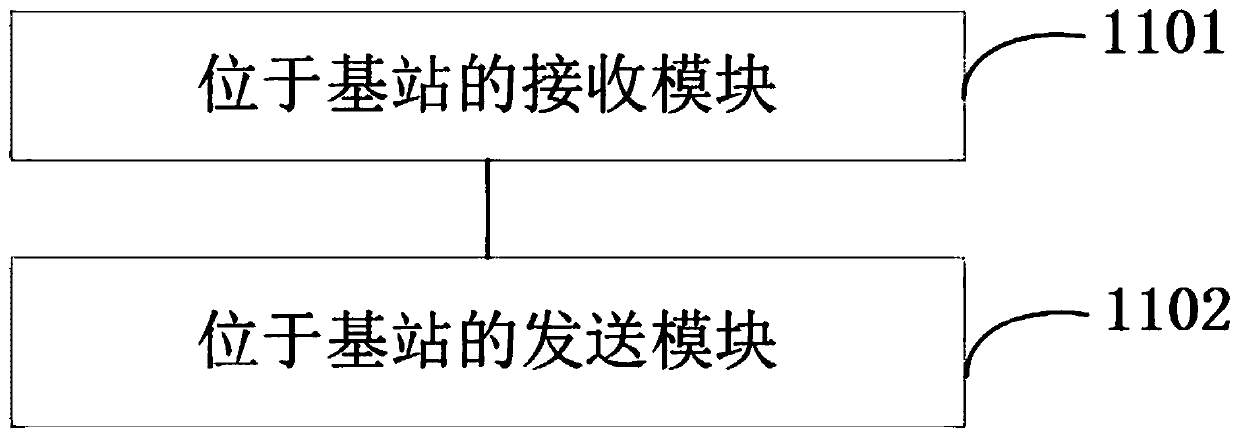Communication method and device of terminal and base station and network access method and device of terminal
A communication method and terminal technology, applied in the field of communication, can solve problems such as terminal failure to access, channel usage scheme incompatibility, etc.
- Summary
- Abstract
- Description
- Claims
- Application Information
AI Technical Summary
Problems solved by technology
Method used
Image
Examples
Embodiment Construction
[0093] In order to make the above objects, features and advantages of the present application more obvious and comprehensible, the present application will be further described in detail below in conjunction with the accompanying drawings and specific implementation methods.
[0094] The LoRa network consists of terminal nodes, base station nodes and servers. In the embodiment of the solution of the present invention, the server may also be called a network server. The terminal has the ability to connect to the LoRa network and access the LoRa network. According to the different application scenarios deployed by the LoRa network, the terminal may include different electronic devices. For example, when the LoRa network is applied to city management, the terminal may include a smart meter; when the LoRa network is applied to a digital home In this case, the terminal may include various smart home appliances and the like.
[0095] The base station, also known as a gateway or a ...
PUM
 Login to View More
Login to View More Abstract
Description
Claims
Application Information
 Login to View More
Login to View More - R&D
- Intellectual Property
- Life Sciences
- Materials
- Tech Scout
- Unparalleled Data Quality
- Higher Quality Content
- 60% Fewer Hallucinations
Browse by: Latest US Patents, China's latest patents, Technical Efficacy Thesaurus, Application Domain, Technology Topic, Popular Technical Reports.
© 2025 PatSnap. All rights reserved.Legal|Privacy policy|Modern Slavery Act Transparency Statement|Sitemap|About US| Contact US: help@patsnap.com



